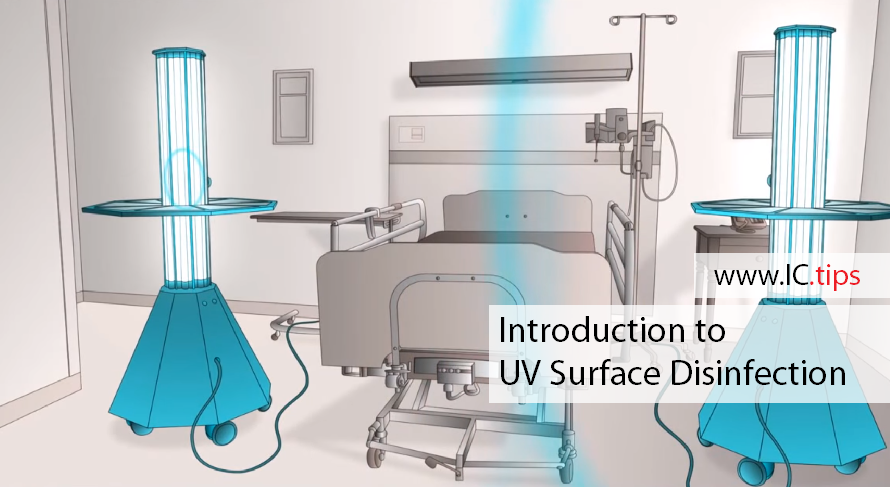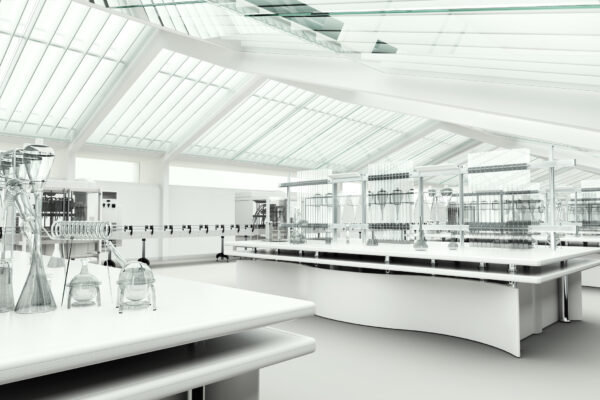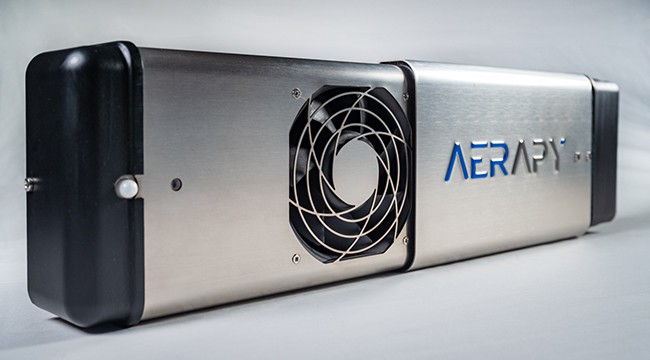Future-Proofing Your Area: Integrating UV Surface Disinfection for Ongoing Security
Future-Proofing Your Area: Integrating UV Surface Disinfection for Ongoing Security
Blog Article
UV Disinfection: The Cutting-Edge Modern Technology Changing Hygiene Practices
In the world of cleanliness practices, one modern technology has actually emerged as a game-changer: UV disinfection. With its capacity to remove dangerous pathogens, this advanced technology is changing the method we approach sanitation and health. However exactly how does UV disinfection work, and what are the benefits it offers? From medical care setups to food processing, UV sanitation is making its mark in various sectors. In this discussion, we will certainly explore the details of this transformative innovation and expect its encouraging future.
Just How UV Disinfection Works
UV sanitation works by using ultraviolet light to damage or inactivate microbes, providing a chemical-free and extremely reliable method of cleanliness. This modern technology utilizes the power of short-wavelength UV-C light, which is qualified of harming the DNA and RNA of microorganisms, hence rendering them not able to replicate and cause injury.
The process begins with the setup of UV disinfection systems, which include UV lights that give off UV-C light. These lights are purposefully positioned in areas where microbial contamination is an issue, such as water treatment plants, healthcare facilities, research laboratories, and food handling centers.
When microorganisms are subjected to UV-C light, the photons penetrate their cell wall surfaces and get to the DNA and RNA within. The high-energy UV-C photons interfere with the hereditary product by creating bonds between adjacent nucleotides, resulting in the formation of thymine dimers. These dimers stop the microbes from reproducing, providing them safe.
UV sanitation is extremely reliable versus a variety of microbes, consisting of parasites, germs, and viruses. It is specifically reliable versus waterborne microorganisms like E. coli, Giardia, and Cryptosporidium. Furthermore, UV disinfection is a chemical-free method, removing the demand for possibly unsafe disinfectants and lowering the threat of dangerous sanitation spin-offs.
Advantages of UV Sanitation
UV disinfection uses numerous benefits in the area of hygiene, making it a highly liked approach for effectively eliminating unsafe bacteria. Unlike typical disinfection approaches that rely on chemicals, UV sanitation makes use of ultraviolet light to destroy the DNA of bacteria, providing them unable to duplicate and cause infections.

UV sanitation is additionally extremely flexible in its applications. It can be utilized in different settings, consisting of hospitals, schools, food processing facilities, and water therapy plants. UV disinfection systems can be quickly integrated into existing sanitation practices, providing an additional layer of protection versus transmittable illness.
In addition to its efficiency and flexibility, UV disinfection is also environmentally pleasant. It does not create any type of hazardous byproducts or residues, making it a safe and lasting approach for cleanliness - uv surface disinfection. Additionally, UV sanitation calls for marginal maintenance and has a lengthy life expectancy, leading to cost financial savings in the lengthy run.
UV Sanitation in Health Care Settings
In medical care settings, UV sanitation has emerged as a cutting-edge technique for successfully removing harmful microorganisms. The use of UV light to disinfect surfaces and equipment has gained appeal because of its ability to provide an additional layer of security versus pathogens. UV sanitation works by sending out ultraviolet light at a details wavelength that is lethal to bacteria, infections, and other microbes. This technology uses numerous benefits in health care setups.
To start with, UV disinfection is a non-chemical method, making it an eco-friendly alternative contrasted to traditional disinfection methods that typically entail using rough chemicals. The usage of UV light eliminates the need for chemical disinfectants, reducing the risk of hazardous residue or chemical exposure to both clients and health care employees.
Additionally, UV disinfection is highly effective in eliminating a vast array of microbes, consisting of drug-resistant germs such as MRSA and C. difficile. It supplies a dependable and consistent disinfection procedure, making certain that all surface areas and devices are completely decontaminated, also in hard-to-reach areas.

UV Sanitation in Food Processing
The application of UV sanitation extends past health care setups and discovers significant worth in the realm of food handling. uv surface disinfection. UV sanitation innovation is becoming progressively popular in the food market due to its capability to efficiently remove damaging virus and improve food safety
Among the primary benefits of UV disinfection in food handling is its capability to target a wide variety of microorganisms, including viruses, molds, and bacteria. By making use of UV light at specific wavelengths, it is possible to disrupt the DNA and RNA of these virus, rendering them unable to replicate or create harm. This innovation can be related to different phases of the food handling chain, including surface area sanitation, devices sterilization, and water therapy.
UV sanitation offers a chemical-free and non-thermal approach of sterilizing food. Unlike typical sanitation methods that depend on chemicals or warm, UV technology does not leave any kind of residue or alter the preference, texture, or dietary value of the food. This makes it an excellent option for industries that call for stringent adherence to top quality requirements.
Additionally, UV disinfection systems are very easy to run and set up, requiring minimal upkeep. They can be incorporated into existing handling lines without triggering significant disturbances to the production procedure. Additionally, UV systems have a fast therapy time, permitting constant handling and decreasing downtime.
The Future of UV Sanitation

One area where UV disinfection is expected to make considerable innovations is in the field of health care. With the increase of antibiotic-resistant germs and the requirement for a lot more reliable sanitation approaches, UV light has the possible to play a that site crucial duty in reducing healthcare-associated infections. UV disinfection systems can be made use of to sanitize surface areas, tools, and even the air in health care facilities, assisting to stop the spread of harmful virus and enhance client security.
Another sector that can profit from innovations in UV sanitation innovation is the food industry. UV light has actually currently verified to be an efficient method for sanitizing food items and decreasing the danger of foodborne diseases. As modern technology boosts, we see this page can anticipate to see extra economical and effective UV disinfection systems being implemented in food handling plants, guaranteeing that the food we take in is safe and without unsafe germs.
Conclusion
Finally, UV disinfection is an advanced modern technology that is transforming hygiene methods in healthcare settings and food handling. By utilizing UV light to eliminate or shut off microbes, it provides countless benefits such as efficiency, security, and effectiveness. With ongoing improvements in this area, UV sanitation holds fantastic potential for the future of hygiene, providing a trustworthy and sustainable remedy for maintaining clean and sanitary settings.
UV sanitation is a chemical-free method, getting rid of the demand for potentially hazardous anti-bacterials and decreasing the danger of harmful disinfection byproducts.
Unlike conventional disinfection techniques that count on chemicals, UV sanitation uses ultraviolet light to ruin the DNA of bacteria, providing them incapable to reproduce and trigger infections. Unlike typical sanitation approaches that count on chemicals or warmth, UV modern technology does not leave any kind of deposit or modify the preference, appearance, or dietary worth of the food. As innovation enhances, we can expect to see a lot more reliable and cost-efficient UV disinfection systems being implemented in food processing plants, ensuring that the food we eat is secure and cost-free from harmful microorganisms.
In verdict, UV sanitation is a cutting-edge modern technology that is changing cleanliness practices in healthcare settings and food processing.
Report this page